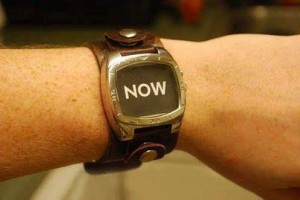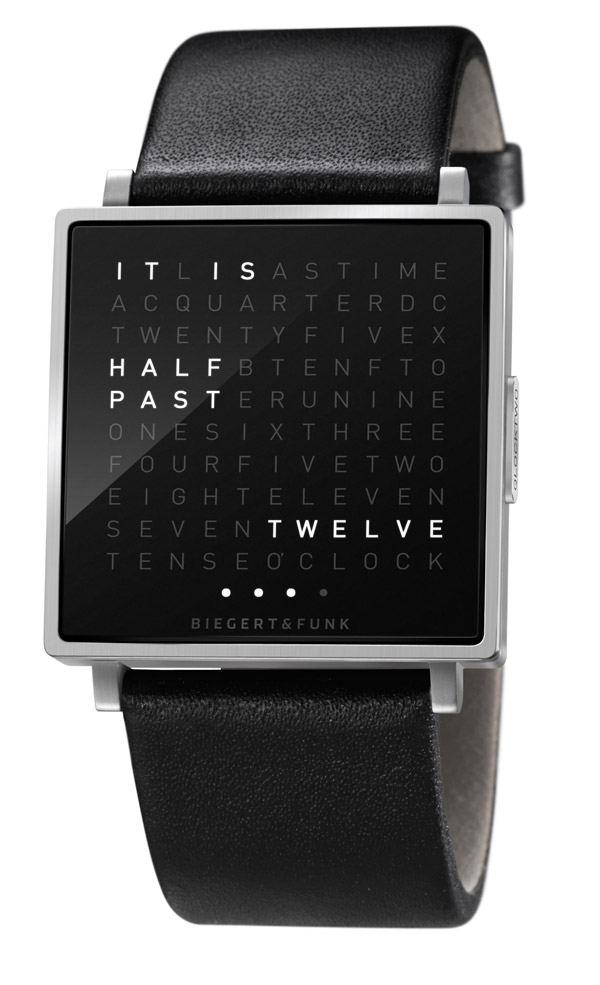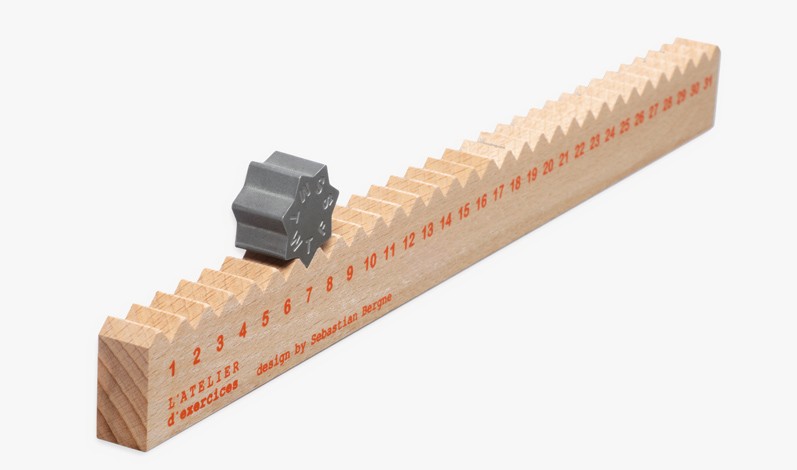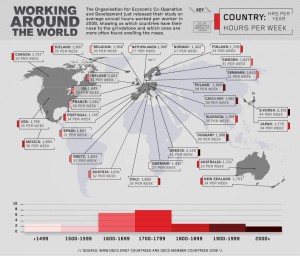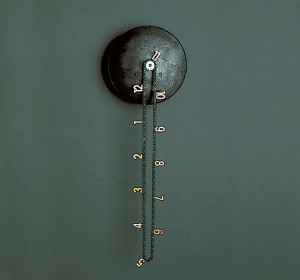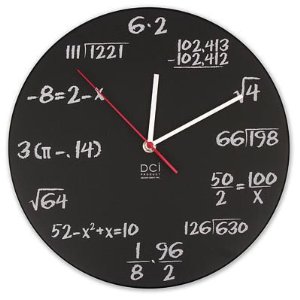An interesting post that I saw, and liked this part which I can relate to:
Excessive side projects. Side projects are like comfort food for coders. I’m a believer in doing a side project here and there to keep burnout at bay. Unfortunately, there was a period where I overdosed on them and was working on enough side projects to rival my real startup. I think it’s particularly easy to fall into this trap when your company is new but not brand new, i.e. traversing the Trough of Sorrow. Better to just suck it up and stay focused on product.
